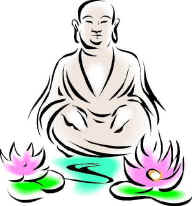
In North America, it’s the latest event in the growth of acupuncture, which was virtually unknown here until 1972 when China opened its doors to the West.
Back then, acupuncture captured the imagination of the American public, primarily because of its ability to manage pain. Over the years, herbal medicine, moxibustion, and tui na massage also gained popularity, and revealed that traditional Chinese medicine (TCM) is not limited to the treatment of pain.
National safety, efficacy, and competence guidelines for the practice of acupuncture in the United States were established in 1985, when the National Committee for the Certification of Acupuncture and Oriental Medicine administered the first acupuncture certification exam. The positive results from clinical research, the favorable stance the National Institutes of Health has adopted, and the increase in demand for alternative medicine over the past decade suggest that acupuncture and TCM will remain major components of the emerging complementary health care system.
11/3/06 21:21 JR